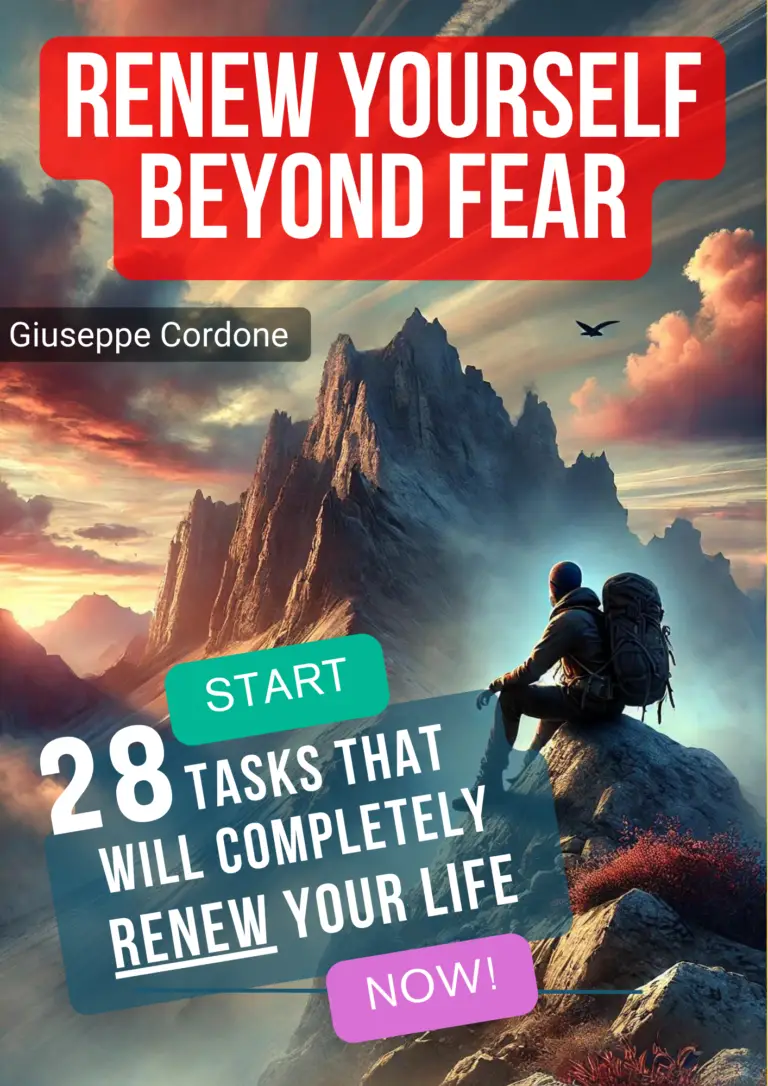Make your sales strategy unstoppable.

Want to know what drives decisions for your perfect sales strategy? It’s not the facts or figures. It’s the stories we tell. The ones that make you feel.
Facts are just data. Stories? They turn that data into something memorable.
Don’t hammer home evry feature like it’s the gospel when you’re in a meeting. Pause and think about the journey you can take them on.
Relatable stories move people. They resonate. Your product becomes part of their story.
At the end of the day, people don’t remember statistics—they remember how you made them feel.
That’s where storytelling in sales becomes your superpower.
Index
How Storytelling Wins Hearts (and Deals)
From Presentation to Experience
Why Stories Matter More Than Data
The Psychology Behind Storytelling
How to Tell a Story that Sells
Take Them on a Journey
Preparation Makes Perfect
How Storytelling in Sales Wins Hearts (and Deals)
The best storytellers don’t just inform—they transform. They take the complex and make it human, inspiring and motivating their audience with the power of transformation.
They take the complex and make it human. They don’t overload the client with technical jargon or a list of benefits. Instead, they show how your product or service solves their problems.
You become the guide, helping them navigate the obstacles they’re facing. They see themselves in the story. They connect emotionally.
When you hit that level of connection, the deal’s as good as done.
From Presentation to Experience
Imagine you’re pitching your latest product to a sceptical client. What are they hearing? More features, more benefits—the same stuff they’ve heard a hundred times.
But what if you shifted gears?
What if you told them about another client in the same situation? How did they overcome the same hurdles with your help?
Now, you’ve turned a boring presentation into a journey. You’ve made them the hero of their own story.
That’s when everything changes. That’s when they say yes.
Why Stories Matter More Than Data
We’ve all been there. Sitting through a pitch packed with facts, figures, and endless PowerPoints.
But do you remember any of it? Probably not.
What you remember are the stories—how someone else faced a challenge and overcame it, how they succeeded.
Stories stick because they appeal to something more profound than data—our emotions.
In the end, decisions aren’t made by logic alone. They’re made by people. And people are driven by how they feel.
The Psychology Behind Storytelling in Sales Strategy
Here’s the deal: our brains are wired for stories. When we hear a story, multiple parts of our brain light up.
Stories create emotional connections. They make people feel understood, valued, and appreciated; when they feel understood, they trust you.
That trust? It’s the secret sauce to your sales strategy.
How to Tell a Story that Sells Strategically
You don’t need to be a bestselling author to tell a story that moves people. You need to focus on a few key elements.
First, know your audience. What do they care about? What keeps them up at night?
Second, be honest. Share relatable, real-world examples that reassure your audience and build their confidence in your story.
Third, show them the transformation. Let them see what success looks like. This could be a before-and-after scenario, where you illustrate the positive change your product or service can bring to their business.
Finally, tie it all back to their journey. They should see themselves in your story, feeling involved and connected. This means ensuring your story aligns with the client’s current situation, challenges, and desired outcomes.
Take Them on a Journey
Here’s a quick hack for your next pitch: forget about the product briefly.
Think about the story behind it. Think about the impact it has on real people. That’s what your client needs to hear.
When they can imagine themselves in the story, you’re no longer just selling them a product—you’re giving them a solution.
And that’s where real business happens.
Preparation Makes Perfect
Great storytelling doesn’t only happen on the fly. It takes preparation.
Do your homework before every meeting. Dig deep into your client’s problems and find stories that match their challenges.
When you walk into the room ready to tell a story that resonates, you’re not just presenting but creating an experience. That’s what separates the good from the great, making you feel confident and competent.
The Bottom Line Here’s the truth: facts and features alone won’t close the deal. But stories? They will.
Storytelling isn’t a tactic; it’s a strategy (exactly a sales strategy). It allows you to connect, build trust, and leave a lasting impression.
So, focus on something other than the number of times you prepare a pitch. Think about the stories you can tell. In the end, that’s what people will remember.
And that will win the deal.
Storytelling is your secret weapon in business.
Use it wisely.
If you want to go further into these topics and get to practical applications, you can read on with these articles:

Elevate your business strategy by crafting powerful narratives that build trust, connect emotionally, and drive lasting impact. Here are the verification questions based on the tips.

Harness the Art of Narrative to Transform Your Business and Leave an Indelible Mark on Your Audience
Create a Sales Journey. I’ve got a confession to make.In the past, when I was very young, I thought I was a master storyteller.




